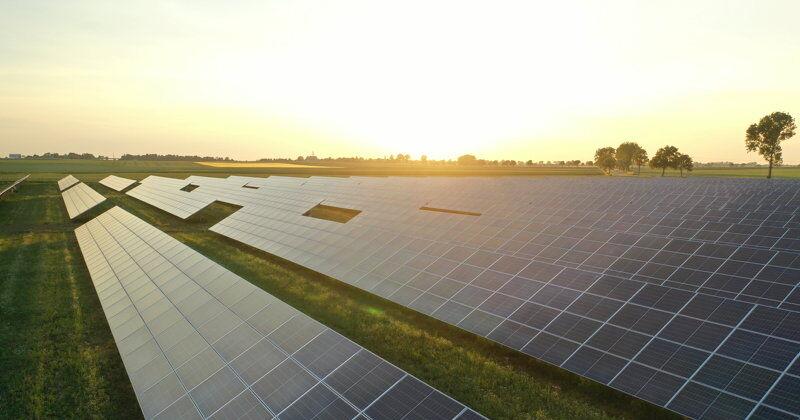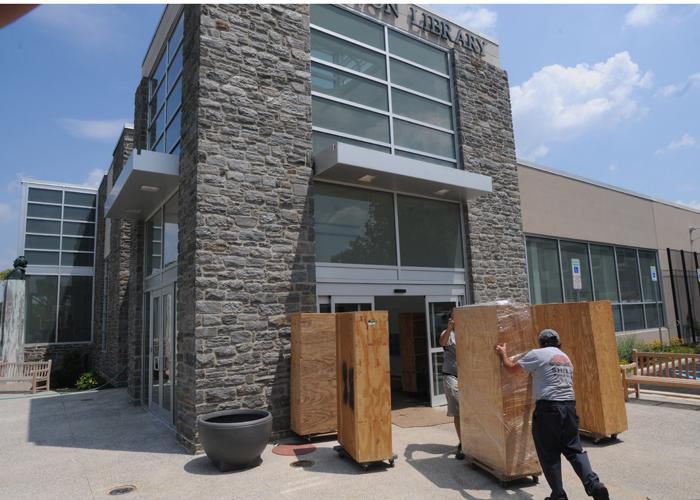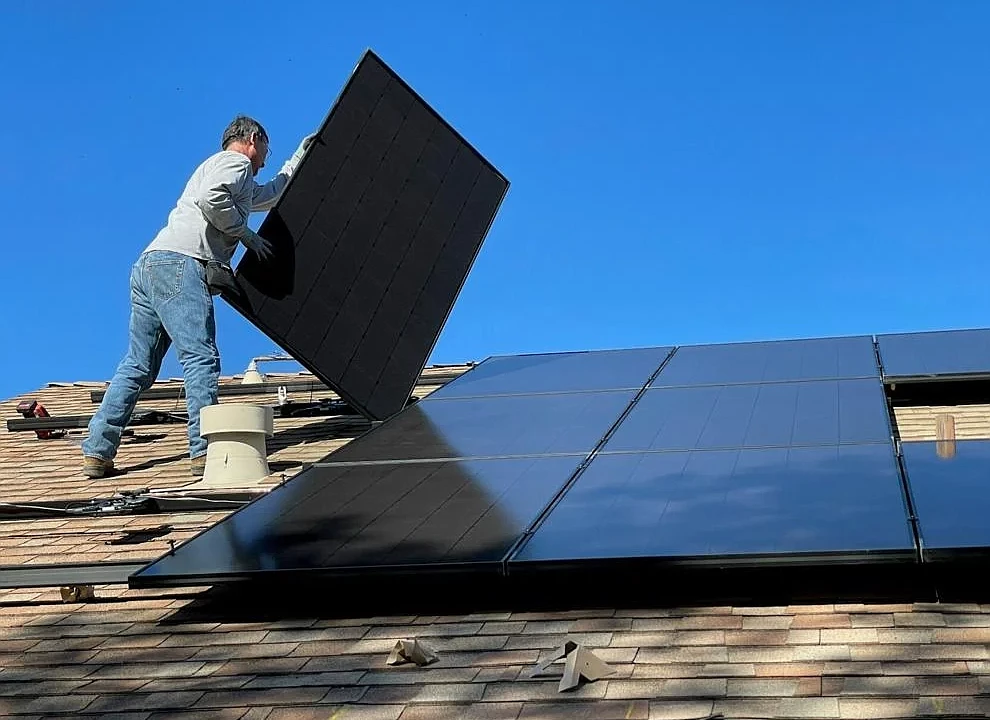The tractor seat is a good place to think things through.
Baling hay with a recent day shift gave me plenty of time to think, and my mind settled on two difficult topics that seemed appropriate under the hot afternoon sun.
Reading about a new solar ‘farm’ planned for a rural area now seems commonplace. Proponents of such projects sell them to the public using feel-good terms like “renewable,” “green,” and “clean energy.”
In my opinion, this is all a farce, and there is nothing pure about large-scale solar farms when the projects consume actual farmland.
And solar energy projects are another example of how this country takes for granted the land used to grow the food that feeds us. Shouldn’t this fact alone be enough to limit the use of farmland as solar energy?
Food production is not a strong enough reason to prevent farmland from being covered with thousands of black panels.
In New York, officials estimate that 452,000 acres of agricultural land will be used for solar energy and residential use.
One solar project in central Pennsylvania consumed 1,755 acres of farmland, and more are planned for rural areas throughout the state.
One of the main drivers for solar projects is “carbon neutrality,” which means reducing emissions in efforts to combat climate change.
In fact, the earth’s climate is always changing, and solar panels on once-green farmland aren’t going to stop it.
In fact, it’s ironic that we consume farmland with solar panels to reduce the carbon sequestered by the crops actually growing there.
According to a report by the USDA Economic Research Service, three of the five primary means of carbon sequestration involve agriculture—land that becomes grassland, grassland that remains, and cropland that remains cropland.
In fact, the report found, the reduction in cropland from wind or solar projects could reduce or even eliminate emissions reductions.
Basically, when it comes to carbon sequestration and emissions reduction, cropland planted in crops or pastures has been quite efficient in accomplishing this task.
But this is what worries me about the whole solar vs. ag land debate: If carbon emissions are causing climate change, and climate change is a threat to humanity, why are so-called solutions like solar panels funded by incentives and taxes? loans by the government?
If solar is going to save the world, why do we need financial incentives to encourage people to cover the landscape with panels?
Still, there’s another caveat to consider with the current rush of paint over farmland with solar panels.
For some farmers, solar energy leases represent a greater economic return than the cost of the product produced.
And that’s what needs to be fixed.
If farmers were paid a fair, consistent price to produce the food we all need to live, perhaps solar leasing would be less likely to drive this valuable land out of production.
The land that grows our food is of immeasurable value and should not be wasted like the sun.
Good luck! sent to email address with a link to confirm registration to the list.
Error! An error occurred while processing your request.




